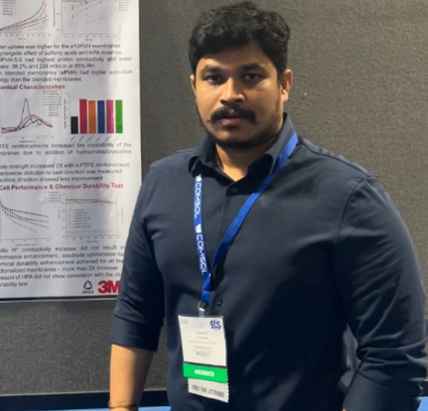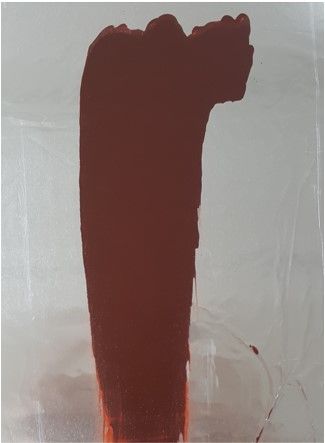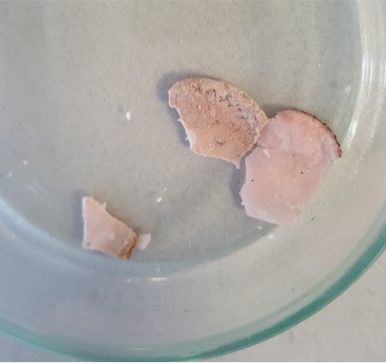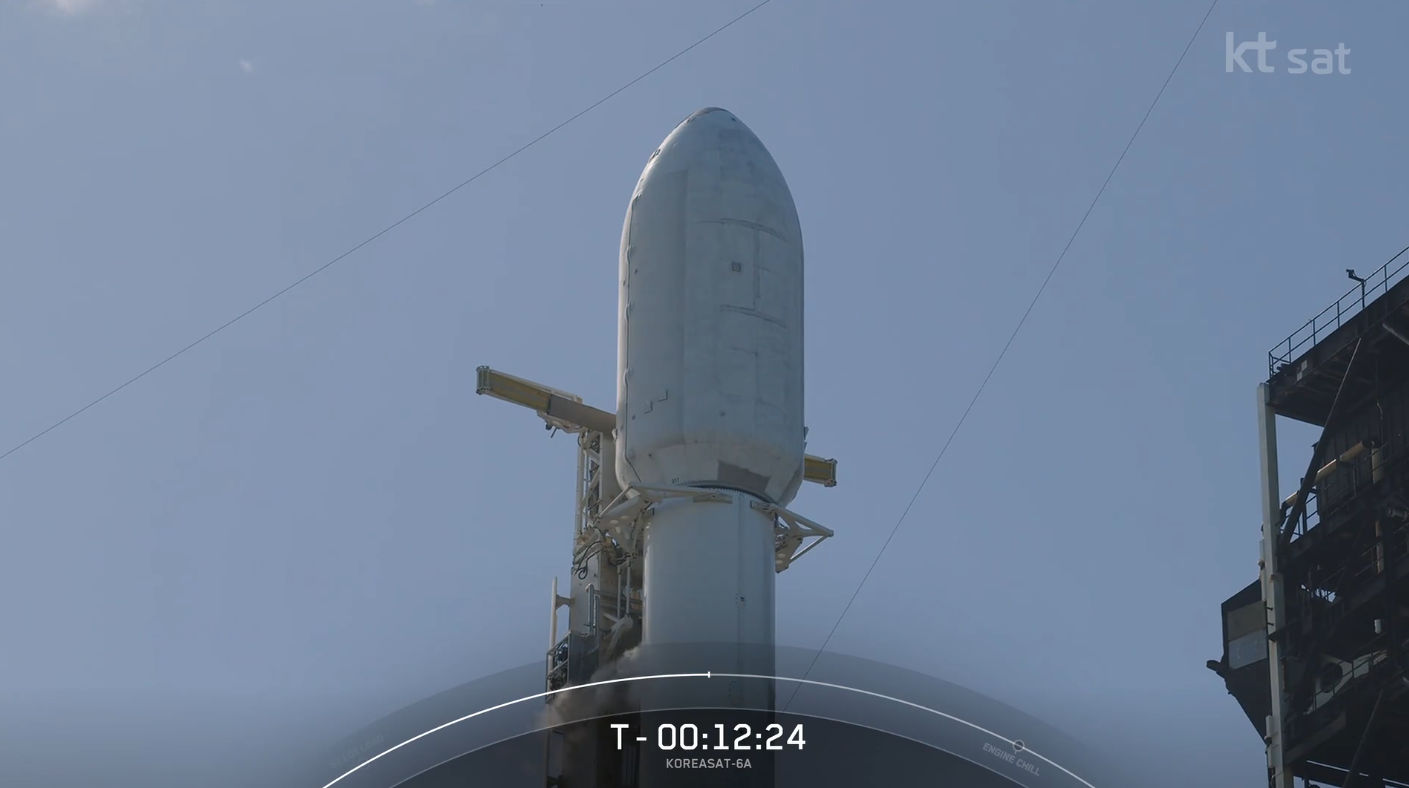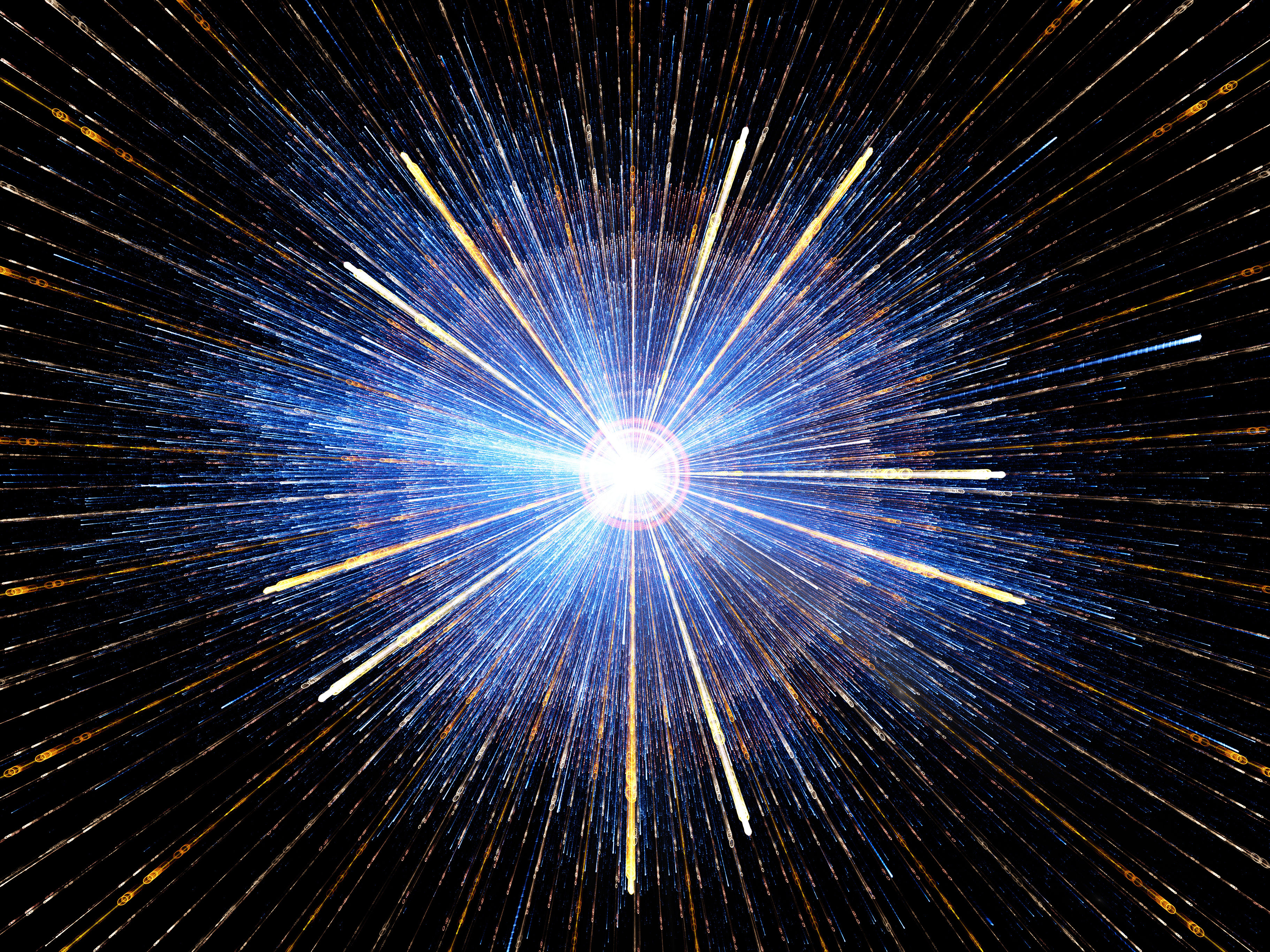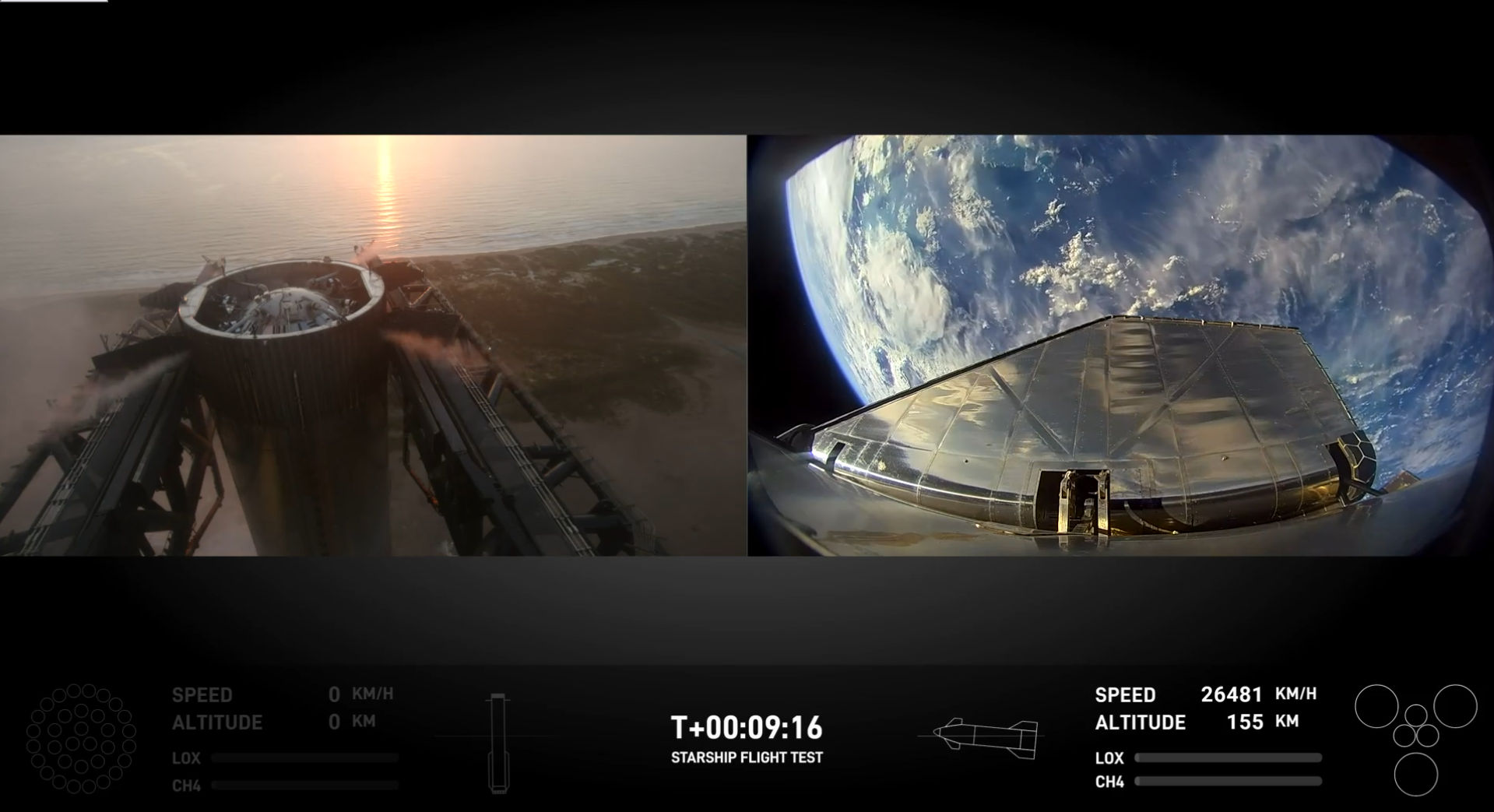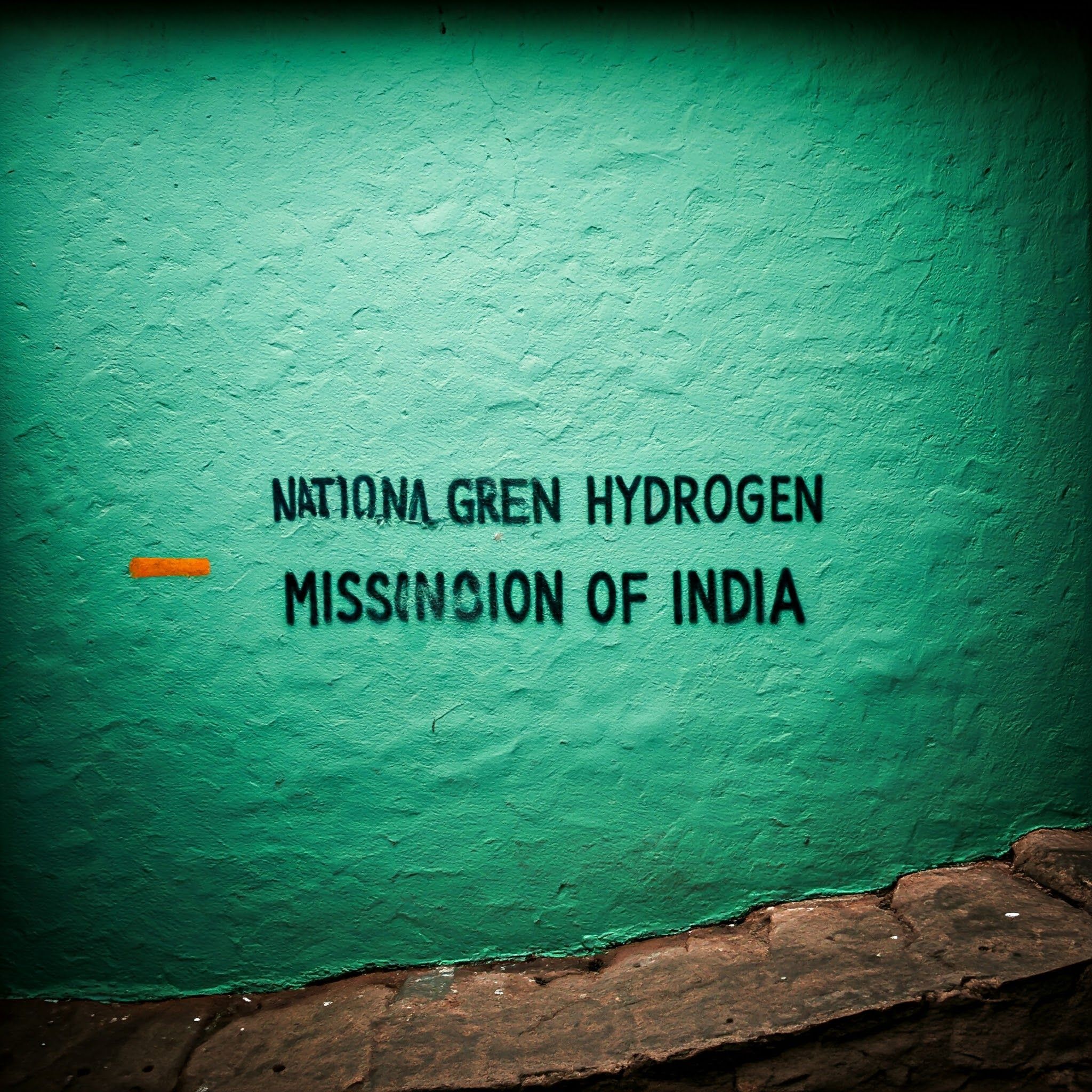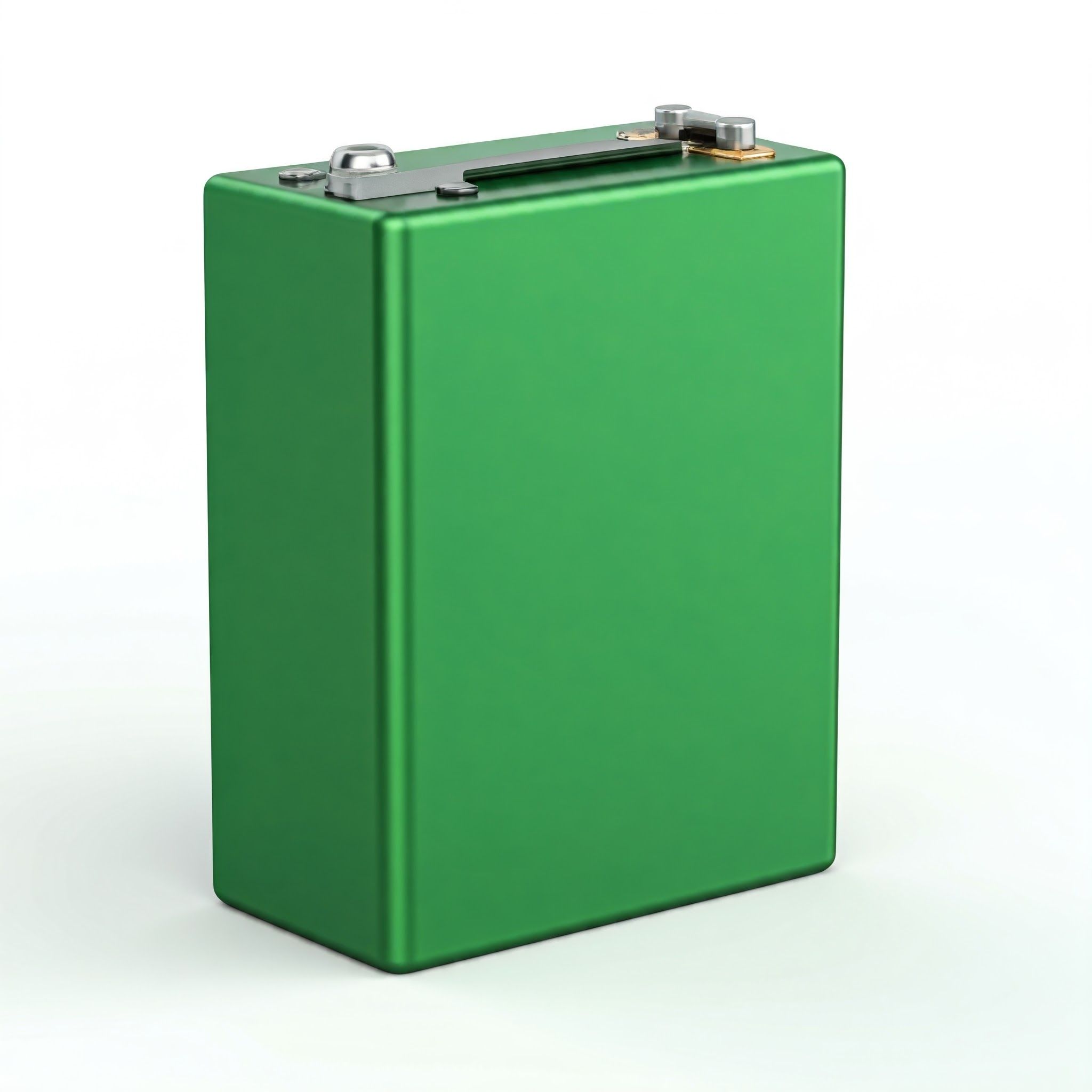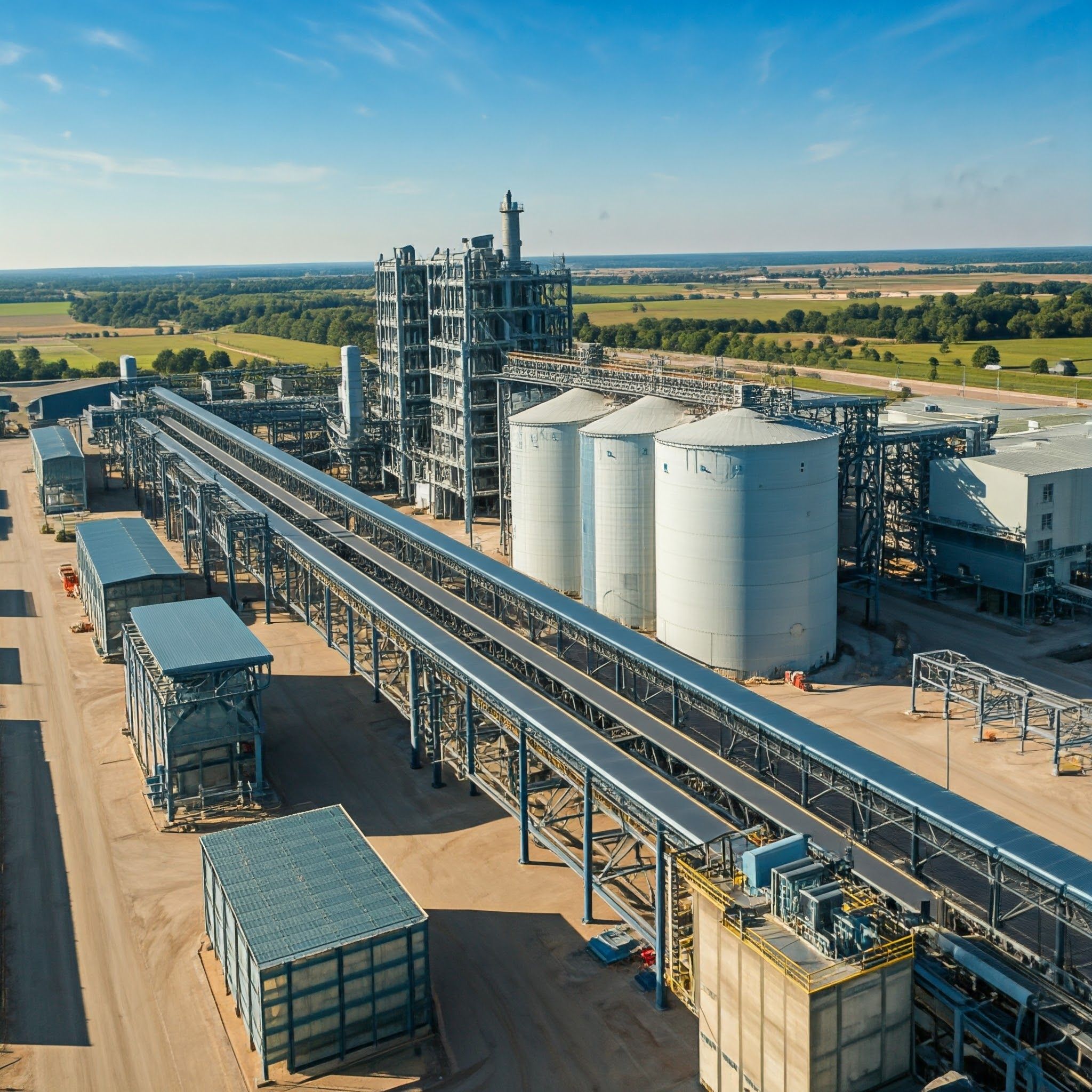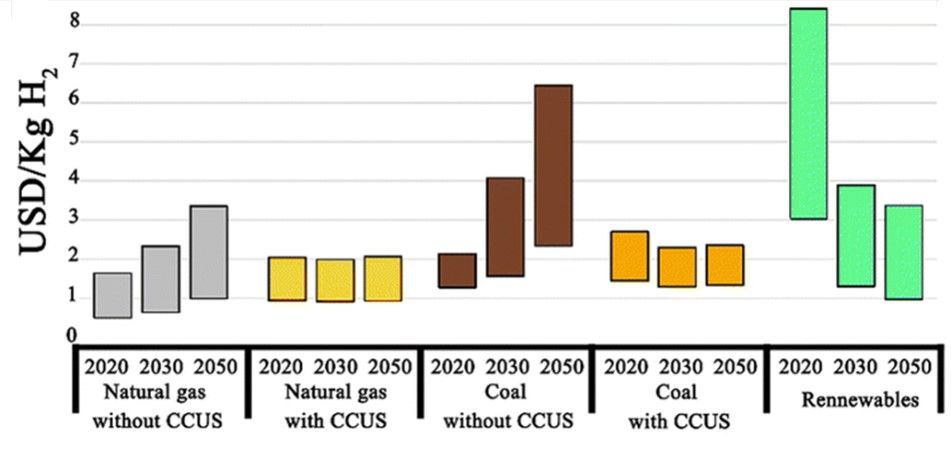Lithium Iron Phosphate as Green Alternative for Electric Vehicle Battery Technology
Lithium Iron Phosphate as Green Alternative for Electric Vehicle Battery Technology
Environmental and Safety Benefits
A significant advantage of iron phosphate batteries is their reduced environmental impact. Iron and phosphate are considerably more abundant in nature compared to the rare metals used in traditional lithium-ion batteries. Furthermore, the manufacturing process of lithium iron phosphate (LFP) batteries produces fewer hazardous byproducts, positioning them as a more sustainable option for large-scale applications. LFP batteries, while not achieving the same energy density as lithium-ion batteries, demonstrate superior longevity and performance in challenging environments. LFP batteries are capable of enduring a greater number of charge-discharge cycles, rendering them particularly suitable for applications where durability is essential. For instance, in the context of electric vehicles, LFP batteries offer an extended lifespan, which may lead to a decrease in the frequency of replacements and a reduction in resource consumption over time.
Green LFP with Manganese-based Lithium-Metal
LFP cells are interleaved with cells using a manganese-based lithium-metal design. These cells provide a markedly greater energy density in comparison to LFP cells. LFP cells can withstand more than 2,000 charge cycles, whereas anode-free cells generally have a lifespan of only a few hundred cycles. When LFP cells near depletion, anode-free cells can be employed to recharge them, thereby extending the overall range. Eliminating the graphite coating on the copper foil current collector results in a 50% reduction in manufacturing costs and equipment requirements, significantly lowering the overall cost. The price of these cells may decrease to $50 per kilowatt-hour, resulting in a total cost of $75 per kilowatt-hour. The Gemini pack targets applications featuring a range of 600 miles.
Credits Author photo Dr Kiai & Istanbul Technical university
Impact on Renewable Energy
The increasing
adoption of renewable energy sources, particularly solar power, has
necessitated the development of effective energy storage solutions. The 100Ah
LFP batteries present a practical answer to this issue. These batteries are
capable of capturing surplus energy produced by renewable sources when demand
is low and subsequently discharging it during periods of high demand. This
functionality contributes to grid stability and guarantees a steady and
dependable power supply. Additionally, LFP batteries, such as the Pytes Pi LV1,
are suitable for off-grid applications, offering a consistent power source in
remote locations or during emergency situations. The Pi LV1 is a modular
battery designed and manufactured by the solar battery company Pytes. This battery storage system features a non-hazardous LFP battery design, sturdy construction, and has undergone extensive testing to UL9540A standards, ensuring enhanced safety and protection.
Recycled LFP battery after 100 cycles
Credits Author photo Dr Kiai & Istanbul Technical university
Conclusion and Future Outlook
LFP batteries represent a
promising avenue for achieving a more sustainable future. Their use of
eco-friendly materials, enhanced safety features, extended lifespan, LFP repair, and element recovery position them as
a noteworthy contender n the global transition towards sustainable energy
storage solutions. As the world continues to transition to a greener future, the
adoption of 100Ah LFP batteries will play a key role in achieving sustainable
energy storage solutions.
References & Further Reading
2. https://www.forbes.com/sites/samabuelsamid/2023/08...
3. https://www.pytesusa.com/industry-news/Explore-100...
4. Zhao, T., Li, W., Traversy, M., Choi, Y., Ghahreman, A., Zhao, Z., Zhang, C., Zhao, W. and Song, Y., 2024. A review on the recycling of spent lithium iron phosphate batteries. Journal of Environmental Management, 351, p.119670.
